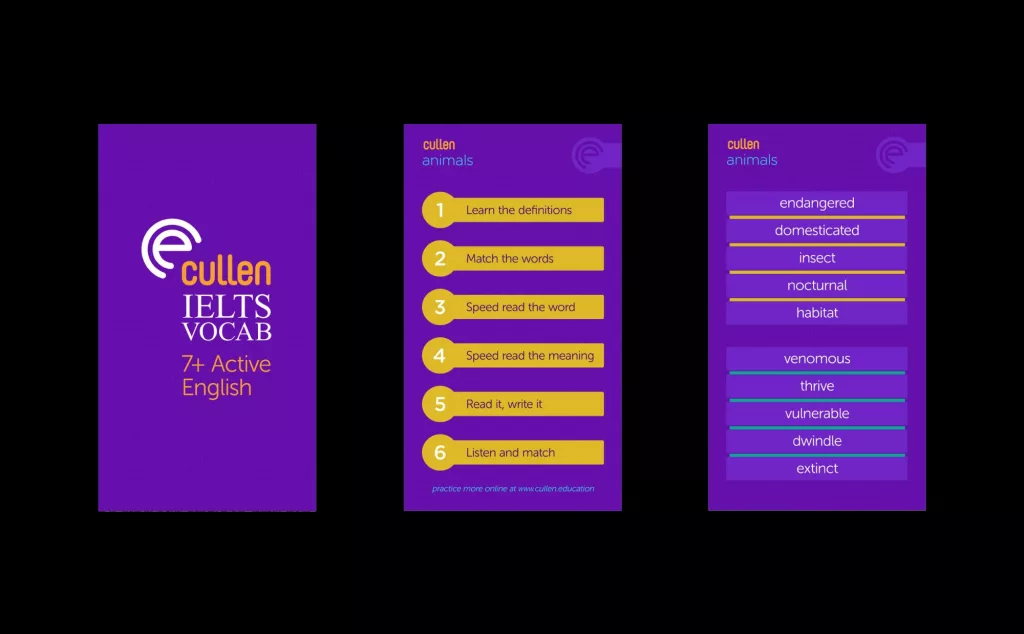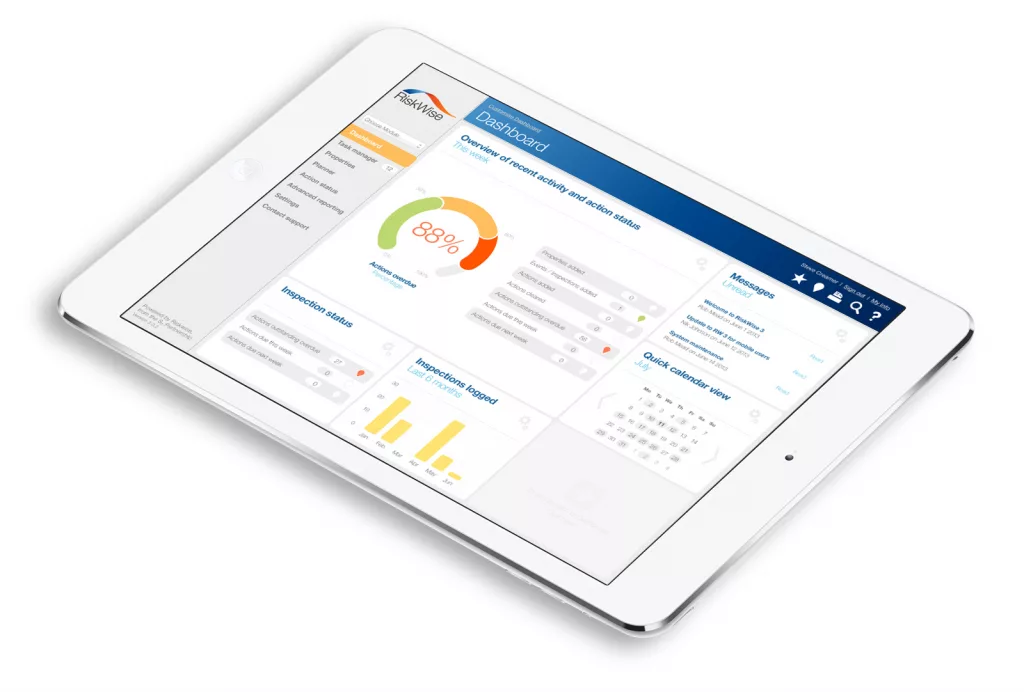How do you categorise and organise information systems for better user experiences and user interfaces?
An introduction to the five hat racks
In a recent e-commerce website workshop, a client asked an interesting question about how we might categorised the products that they offered and then organise them on the website to deliver better user experiences and user interfaces for their clients. We got into a discussion around the five hat racks and how it has been used to help designers and information architects to influencing the way people think about and interact with interfaces, websites, and design. The principle of the five hat racks suggests that organisational strategies are confined to a finite set, irrespective of their particular implementation. These strategies include categorisation, chronological arrangement, spatial organisation, alphabetical order, and continuum-based structuring.

Table of Contents
Hat rack 1 - Category
Category, as an organisational strategy, revolves around grouping items based on their similarities or relatedness, creating a coherent and logical arrangement. This method is widely used in various contexts, ranging from academic settings to online retail platforms.
In an educational institution, like a college, the category principle plays a crucial role in organising course offerings and academic disciplines in a catalog. Courses that share common subject matter or are related in their content are grouped together under specific categories. For example, courses in the field of Mathematics would be classified under the “Mathematics” category, while courses related to Literature would fall under the “Humanities” category. This arrangement allows students to quickly locate and explore courses that align with their academic interests and goals, enhancing the overall educational experience.
Similarly, the category principle is extensively applied in e-commerce websites to streamline the browsing and shopping process for customers. When shopping online, consumers encounter an overwhelming array of products. To facilitate ease of navigation, retailers categorise their merchandise into distinct groups. For instance, a fashion retailer may have categories such as “Men’s Clothing,” “Women’s Shoes,” “Accessories,” and so on. This classification not only helps shoppers find the items they are interested in more efficiently but also enables retailers to offer personalised recommendations based on the customer’s preferences and past purchases.
The category principle can be seen in various aspects of our daily lives, ranging from libraries organising books by genres to kitchen shelves arranging ingredients based on their culinary uses. By utilising categories, we create a structured environment that simplifies our interactions with information, products, and resources.
The category principle is a fundamental tool in organising diverse elements into coherent groups, allowing for efficient access, streamlined experiences, and enhanced understanding in a wide range of applications.
Organising information by category is a highly effective approach, especially when there are clusters of similarity within the data or when people instinctively seek out information based on specific categories that match their needs or interests. This principle of categorisation plays a pivotal role in various domains, from information management to user experience design.
Read more about: User Interface Design
One of the key benefits of using categories in organising information is that it promotes clarity and facilitates efficient access to relevant data. When large volumes of information are involved, such as in databases, research repositories, or online platforms, categorisation allows for a structured and easily navigable system. Users can swiftly locate the information they require without being overwhelmed by an unorganised sea of data.
Our minds naturally seek patterns and associations, making category-based organisation a familiar and intuitive way for individuals to process information. When faced with a specific need, like purchasing a stereo in a bricks-and-mortar store or browsing online for electronic appliances, people instinctively gravitate towards the relevant category or section. This inclination aligns with how our brains are wired to recognise patterns and similarities, simplifying decision-making, and enhancing the overall user experience.

In e-commerce, the application of category-based organisation is particularly evident. Online retailers meticulously group products into various categories, allowing shoppers to browse through specific sections that cater to their interests or requirements. For instance, a consumer interested in purchasing a smartphone would naturally navigate to the “Electronics” category, and within it, find the subcategory for “Mobile Phones.” Further subcategories such as “Brand” in this hierarchical organisation helps users narrow down their choices efficiently, leading to increased customer satisfaction and potentially higher sales.
When dealing with complex data, categorisation aids in data analysis and interpretation. Researchers, scientists, and analysts often organise their findings into distinct categories, enabling them to identify trends, draw correlations, and make informed conclusions.
Category is an indispensable tool for managing data, enhancing user experiences, and promoting efficient decision-making. Whether in education, online shopping, or scientific research, categorisation simplifies our interactions with information and optimises how we explore, access, and understand diverse sets of data.
Hat rack 2 - Time
Time-based organisation involves arranging information in chronological order, following a sequence of events over fixed durations, or presenting step-by-step procedures. This method of organisation is invaluable in a wide range of fields, from history and journalism to project management and instructional materials.
Historical timelines are a classic example of organising information by time. In educational settings and museums, timelines are frequently employed to depict the sequence of historical events in a clear and cohesive manner. By arranging events in chronological order, viewers can easily comprehend the progression of historical developments, grasp cause-and-effect relationships, and gain a comprehensive understanding of a particular era or topic.
Similarly, TV Guide schedules showcase a time-based organisation for television programmes. By presenting shows in the order they will air throughout the day, viewers can plan their viewing preferences accordingly. This approach simplifies the process of finding desired programmes, ensuring that people can tune in to their favourite shows at the right times.
This approach is no longer as prevalent as it once was, though we are experiencing a new drip feeding of non-linear television in a weekly time-based organisation release schedules that combines time and scarcity to whet our appetites in the same way that traditional TV schedules once did.
In various professional contexts, time-based organisation proves invaluable for managing projects and tasks. Gantt charts, for instance, are widely used in project management to represent the sequential flow of activities over time. By laying out tasks and their durations on a timeline, project managers can efficiently track progress, identify potential bottlenecks, and ensure that the project stays on schedule.
Time-based organisation has proved crucial in presenting processes or procedures. Instructional materials often employ a step-by-step approach, guiding learners through a series of actions or tasks in a specific order. From recipes in cookbooks to assembly instructions for furniture, organising information by time ensures clarity and coherence, making it easier for users to follow instructions and achieve desired outcomes.
In journalism and news reporting, the chronological sequence of events is critical for conveying accurate information. Breaking down complex events into a chronological order helps readers understand the development and evolution of a story, providing context and insight into unfolding situations.
Hat rack 3 - Location
Location-based organisation involves arranging information according to geographical or spatial references. This approach is commonly employed in various contexts, such as emergency exit maps, travel guides, and navigation systems, to aid with orientation, wayfinding, and understanding the significance of a place’s geography.
Emergency exit maps are a critical example of organising information by location. In public buildings, airports, hotels, and other establishments, these maps are strategically placed to assist people in quickly identifying the nearest exit routes during emergencies. By providing clear spatial references, such as the location of exits, staircases, and emergency assembly points, this information disclosure helps ensure the safety and swift evacuation of individuals from potentially hazardous situations.
Travel guides are another application of location-based organisation. These guides provide valuable information about destinations, tourist attractions, and points of interest in specific geographical regions. By organising details about hotels, restaurants, historical sites, and cultural landmarks based on their physical locations, traveller’s can efficiently plan their itineraries and make the most of their visits.
Geographical orientation and wayfinding are essential in a variety of scenarios. For instance, in outdoor activities like hiking or camping, trail maps are organised by location to guide enthusiasts along specific routes, ensuring they stay on track and reach their destinations safely. Similarly, navigation apps on smartphones rely on location-based organisation to provide turn-by-turn directions and real-time updates on traffic conditions, helping users navigate unfamiliar areas with ease.
In the context of cultural heritage and historic sites, location-based organisation becomes particularly significant. When exploring ancient ruins, historical landmarks, or museums, organising information based on the physical layout of the site enhances visitors’ understanding of its historical context. Audio guides and museum exhibits often incorporate location-based content delivery, triggering relevant information as visitors move through different areas, enriching their experience and appreciation of the site’s significance.
Location-based organisation is essential in urban planning and architecture. City maps, zoning, and infrastructure plans all rely on spatial references to design and manage urban spaces effectively. By visualising and organising data based on the layout of cities and regions, architects, planners and designers can optimise transportation systems, allocate resources efficiently, and create vibrant, accessible communities.

Location organisation plays a fundamental role in enhancing our understanding of physical spaces, guiding our movements, and enriching our experiences in various environments. Whether for safety, travel, exploration, or urban development, this approach ensures that information is meaningfully related to the geography of a place, empowering us as users to navigate our surroundings with confidence and appreciation.
Hat Rack 4 - Alphabetical
Alphabetical organisation involves arranging information in the order of the letters of the alphabet. This method is widely used in various reference materials, such as dictionaries and encyclopaedias, to provide a structured and easily navigable system for accessing specific items efficiently.
Dictionaries are a classic example of organising information alphabetically. By listing words in alphabetical order, users can effortlessly locate the definition, pronunciation, and usage of any word they seek. This approach simplifies the process of finding the meaning of unfamiliar terms, making dictionaries an indispensable tool for language learners, writers, and researchers.
Similarly, encyclopaedias, whether in print or digital form, adopt alphabetical organisation to allow readers to access information on diverse topics with ease. From historical events to scientific concepts, the alphabetical arrangement ensures nonlinear access to knowledge, enabling users to explore various subjects in a non-sequential manner. This approach is particularly valuable when readers want to quickly gather information about specific topics without having to read through the entire volume.
Alphabetical organisation is also employed in directories, indexes, and bibliographies, where readers often seek precise information or references. In telephone directories, for instance, contact information is listed alphabetically by last name, allowing people to find phone numbers and addresses promptly. In academic research, an alphabetical bibliography enables readers to locate the sources used in a paper effortlessly, streamlining the process of verifying and accessing referenced materials.
In use cases where no other organising strategy is appropriate or when there is no clear hierarchical structure among the items, alphabetical organisation proves to be a practical and neutral approach. When dealing with lists of names, titles, or other items without inherent order, arranging them alphabetically provides an unbiased and straightforward method.
Alphabetical organisation is valuable in digital environments, where search engines and databases rely on alphabetic sorting algorithms to display search results. By organising search results alphabetically, users can quickly find the most relevant items based on their queries, enhancing the efficiency of information retrieval.
Alphabetical organisation is a versatile and widely utilised method for accessing and presenting information in a structured manner. Whether in dictionaries, encyclopaedias, directories, or digital search results, this approach ensures efficient and nonlinear access to specific items, making it an essential tool for quick reference and knowledge exploration in various domains.
Hat Rack 5 - Continuum
Continuum organisation involves arranging information based on a common measure, such as magnitude or a quantifiable scale. This method is utilised in various contexts, from sports statistics to search engine results on the internet. Organising information by continuum is particularly effective when comparing items or entities across a shared standard.
In cricket, batting and bowling averages are a classic example of continuum organisation. Players’ averages are arranged from highest to lowest, indicating their relative performance. This continuum allows coaches, fans, and analysts to quickly identify the most effective players in a team and make data-driven decisions regarding player lineups and strategies. In his excellent book Expected Goals, Rory Smith explains how this is being applied to football teams to evaluate the expected goals performance metric.
Similarly, search engine results on the internet are often presented based on relevance or popularity, forming a continuum of results from the most relevant to the least relevant. When users enter a query in a search engine, the algorithm organises the search results by ranking web pages based on various factors like keywords, backlinks, and user engagement. This continuum organisation ensures that users are presented with the results that are most relevant and valuable first, streamlining the search process and providing quick access to pertinent content.
In various other scenarios, continuum organisation proves invaluable for comparative analysis. For example, consumer product reviews often rank products from best to worst based on user ratings or expert evaluations. This continuum enables consumers to make informed choices by comparing products across a standardised measures of quality or performance.
In academic grading systems, continuum organisation is also prevalent. Students’ grades are often presented from the highest to the lowest, providing a clear view of their relative achievements and enabling educators to assess their performance and progress.
Graphs and charts normally represent data points on a continuous scale, allowing researchers to identify patterns, trends, and relationships among variables.
By organising information along a continuum, we create a visual representation of the distribution and order of items based on a common measure. This approach simplifies comparisons, enhances decision-making processes, and enables users to extract meaningful insights from complex data sets. Whether that is in sports statistics, search engine results, consumer reviews, academic grading, or scientific research, continuum organisation provides a valuable framework for understanding and interpreting information within a specific context.
Summary of how to deliver better user experiences and user interface
In the world of information organisation, the five hat racks principle stands as a guiding framework for designers and information architects. It encompasses five powerful organisational strategies – category, time, location, alphabet, and continuum-based structuring – each with its unique strengths and applications.
The category principle brings coherence to diverse elements by grouping them based on similarities and relatedness. From education to e-commerce platforms, categorisation simplifies our interactions with information and products, making our experiences more efficient and enjoyable.
Time-based organisation, on the other hand, takes us on a chronological journey, presenting events and processes in their sequential flow. Whether in historical timelines, TV schedules, or project management charts, organising information by time aids in understanding developments, tracking progress, and even simplifying complex procedures.
When it comes to understanding our physical world, location-based organisation comes to the rescue. Semiotics used in emergency exit maps ensure our safety during crises, travel guides open doors to new adventures, and navigation systems lead us through unfamiliar terrains, enriching our experiences and enriching our appreciation for the places we explore.
The alphabet, with its familiar A-to-Z order, in the latin alphabet, can bring order to chaos. Dictionaries, directories and encyclopaedias offer knowledge at our fingertips. Directories streamline contact information, and search engines yield relevant results quickly and efficiently. Alphabetical organisation becomes our trusted guide when no other organising strategy seems fitting.
Last but not least, the continuum principle scales information based on a common measure, allowing for comparative analysis. From the hierarchy of sports statistics to product reviews, and from academic grades to scientific research, continuum-based structuring empowers us to make informed decisions and extract meaningful insights from complex data sets.
The five hat racks principle of organisational strategies provides us as designers, marketeers, information architects leverage to create clarity, coherence, and efficiency in various contexts.
Whether we’re seeking knowledge, navigating our world, or making important choices, the five hat racks guide us towards a more structured and informed path. Embracing these principles empowering us to present information in ways that enhance understanding, enrich experiences, and foster better decision-making. So, let us keep these five hat racks close to heart, for they are the keys to unlocking the true potential of information organisation.
References and Useful links
Wikipedia - Richard Saul Wurman, Peter Morville, Louis Rosenfeld
Books - Information architecture for the World Wide Web, Pervasive Information Architecture
